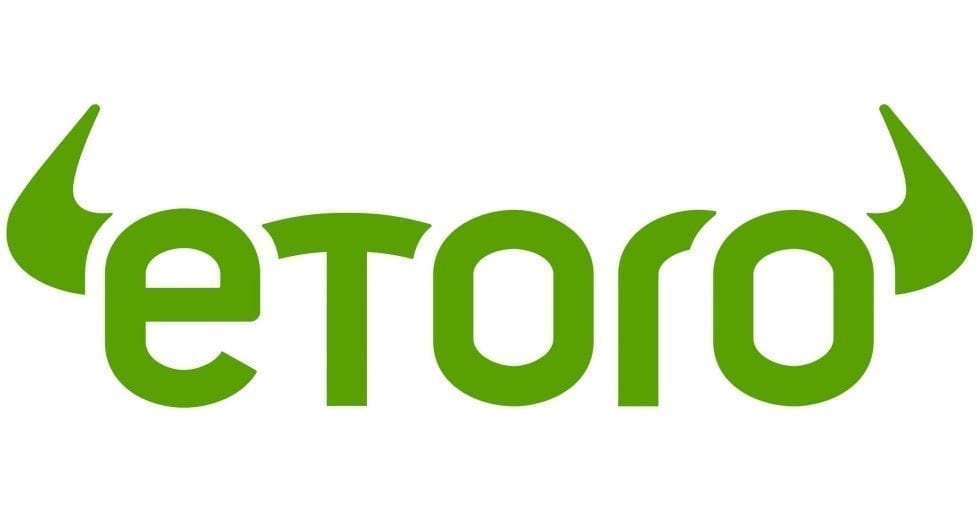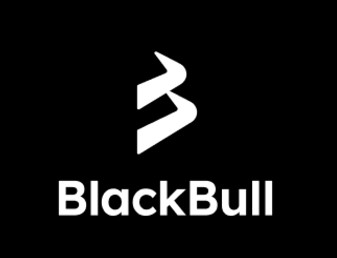Macquarie Group shares (ASX:MQG) ended the first day of July down 0.99%, giving back some of the recent gains, having bumped into resistance intraday at the A$230 level. The stock closed today at A$226.47, marking a 5.37% increase over the past week and more than 40% off of April’s lows.
The recent surge in MQG’s stock price is underpinned by a robust full-year financial performance, announced in May. The group reported a profit of A$3.72 billion for the fiscal year ending March 2025, a 5% increase year-over-year, slightly exceeding analyst expectations. This positive result was fueled by significant growth in its asset management division, which saw net profit surge by 33% to A$1.61 billion, and an 11% rise in the banking and financial services arm’s profit, reaching A$1.38 billion.
This performance led to a final dividend declaration of A$3.90 per share, further bolstering investor confidence and driving the share price to its highest level since late March. Now back in green territory YTD, up 2.4%, MQG bulls will be looking to break lingering resistance at A$230 and retesting 52 week highs of A$242,90.
However, Macquarie is not without its challenges. Recent regulatory scrutiny from the Australian Securities and Investments Commission (ASIC) has cast a shadow over the group. ASIC imposed additional conditions on Macquarie Bank’s Australian financial services license due to significant compliance failures, some of which went undetected for over a decade. These failures relate to Macquarie’s futures dealing operations and the reporting of over-the-counter derivatives.
The regulator has mandated a remediation plan, subject to independent review, raising concerns about potential costs and reputational damage.
Top Australian Brokers
- Pepperstone - Trading education - Read our review
- IC Markets - Experienced and highly regulated - Read our review
- eToro - Social and copy trading platform - Read our review
Adding to the complexity, Macquarie has been strategically reshaping its business portfolio.
In April, the group agreed to sell its U.S. and European public asset management businesses to Nomura in an all-cash deal. This move, expected to close by the end of 2025, involves approximately $300 billion in assets across equities, fixed income, and multi-asset strategies. This strategic divestment reflects a shift towards private markets, a move intended to streamline operations and focus on areas with higher growth potential.
The share price is currently demonstrating a blend of strength and vulnerability. While recent financial performance and strategic moves have aided positive momentum, regulatory challenges and ongoing business realignments present potential risks.
Don’t Buy Just Yet
You will want to see this before you make any decisions.
Before you decide which shares to add to your portfolio you might want to take a look at this special report we recently published.
Our experts picked out The 5 best ASX shares to buy in 2025.
We’re giving away this valuable research for FREE.
Click below to secure your copy





